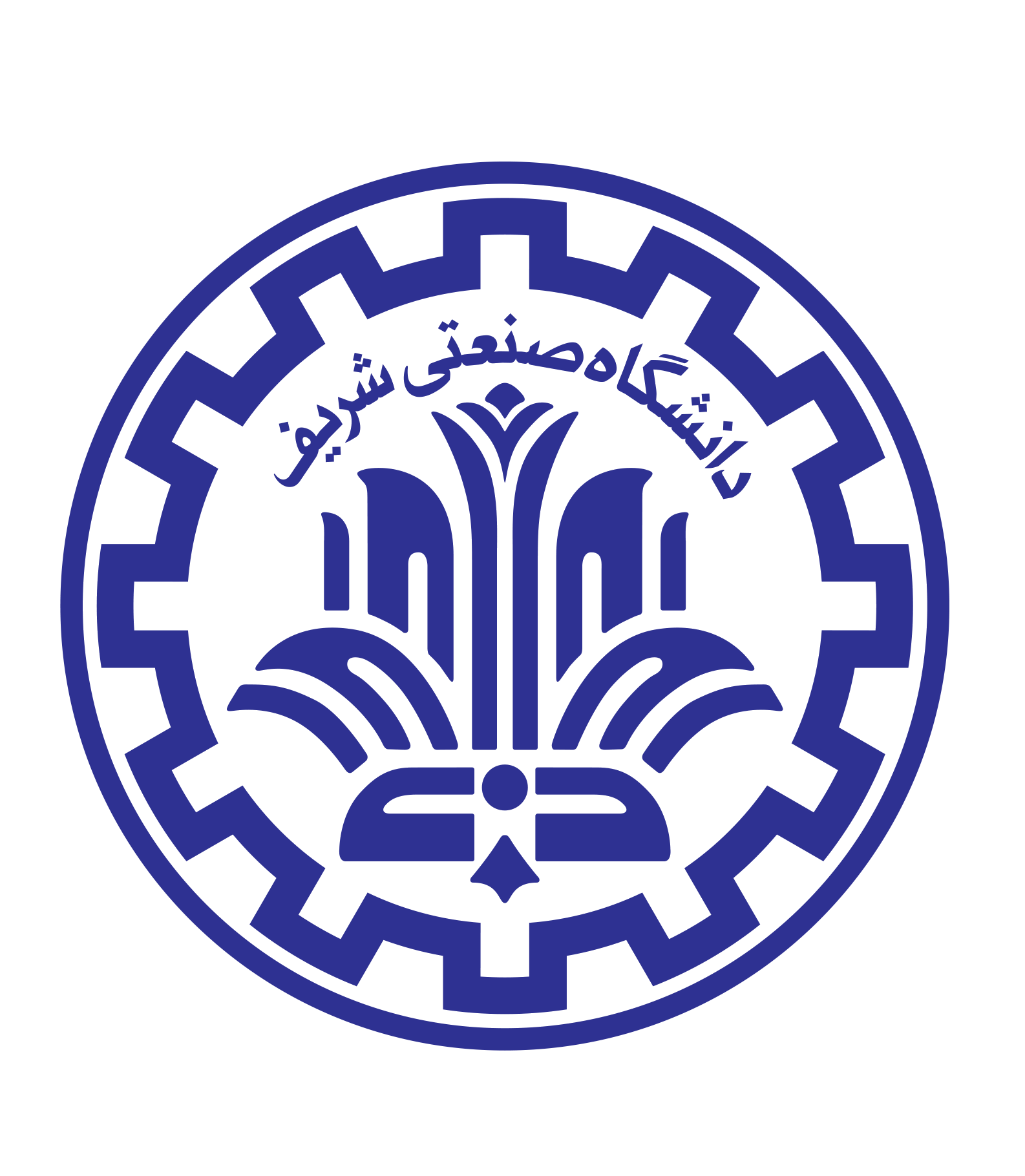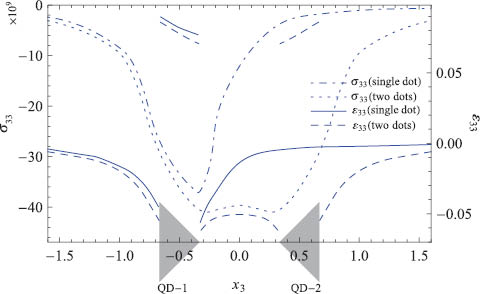Hossein M. Shodja

An accurate determination of the two- and three-dimensional electro-elastic fields of periodically as well as arbitrarily distributed interacting quantum wires (QWRs) and interacting quantum dots (QDs) of arbitrary shapes within a piezoelectric matrix is of particular interest. Both the QWR/QD and the barrier may be made of materials with distinct general rectilinear anisotropy in elastic, piezoelectric, and dielectric constants. The lattice mismatch between the QWR/QD and the barrier is accounted by prescribing an initial misfit strain field within the QWR/QD. Previous analytical treatments have neglected the distinction between the electro-mechanical properties of the QWR/QD and those of the barrier. This simplifying assumption is circumvented in the present work by using a novel electro-mechanical equivalent inclusion method in Fourier space (FEMEIM). Moreover, the theory can readily treat cases where the QWRs/QDs are multiphase or functionally graded (FG). It was proven that for two-dimensional problems of either a periodic or an arbitrary distribution of FG QWRs in a transversely isotropic piezoelectric barrier, the elastic and electric fields are electrically and elastically impotent, respectively, and no electric field would be induced in the medium provided that the rotational symmetry and polarization axes coincide. Some numerical examples of more frequent shapes and different distributions of indium nitride QDs/QWRs within transversely isotropic aluminum nitride barrier are solved.
Two typical semiconductors with periodic distributions of (A) pyramidal and (B) spherical QDs.

Variations of the total strain component ε33 and stress component σ33 along the x3-axis corresponding to a single QD and two interacting QDs.
anisotropic piezoelectric media, electro-mechanical inclusion, Fourier space, quantum wires, quantum dots